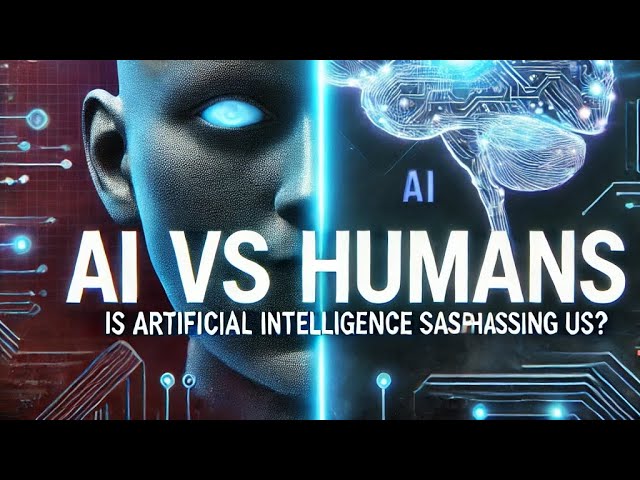By: Sunny Orbih
Veritas University Abuja
Advanced robots and AI systems, including chatbots, seem incredibly intelligent at first glance. They can process vast amounts of data, answer complex questions, and even simulate human-like conversations. However, fundamental limitations remain that robots do not truly reason as humans do. Their intelligence is artificial; built on predefined algorithms, data processing, and pattern recognition. No matter how advanced, robots lack true independent thought.
They operate strictly within the boundaries of their programming without the ability to think creatively or make independent decisions. While artificial intelligence enables them to process vast amounts of data and execute complex tasks, they do not possess human intuition, emotions, or the ability to reason beyond their programming. Without user input or external triggers, they cannot initiate conversations or engage in meaningful self-driven thought. As a result, they will always function as tools designed to assist humans rather than surpass them in true intelligence or adaptability.
One of the biggest challenges of a robot is contextual awareness. While AI enables it to process language and generate responses based on patterns, it does not understand context the way humans do.
For example, if you say; “The weather is terrible today,” a human might infer whether you’re complaining about rain, extreme heat, or snow based on the time of year, location, or even your past conversations. A robot, however, can only rely on predefined responses or programmed weather data.
This limitation means AI struggles to initiate conversations meaningfully. It cannot decide to start talking about something new unless it is programmed or triggered to do so. Even when it does, its conversation lacks depth compared to human understanding.
Most AI systems are designed within specific knowledge domains. For instance, a customer service chatbot can answer product-related questions but will struggle with philosophical debates or personal dilemmas outside its programming.
Even the most sophisticated AI, trained on vast datasets, is only as knowledgeable as the information it has been trained on. It cannot think beyond that knowledge. This makes spontaneous, unscripted conversations difficult. Unlike humans, who can draw from experience, intuition, and imagination, AI remains constrained by its training data and programmed functions.
Human communication is not just about words—it involves tone, facial expressions, emotions, and body language. AI lacks the ability to pick up on these subtle cues.
For instance, a human can sense sarcasm or emotional distress based on how something is said. A chatbot, however, relies solely on text or voice inputs, making it easy to misinterpret meaning. This is why AI-generated responses sometimes feel robotic or off-key—because they miss the nuances of human interaction.
Without the ability to recognize emotions or social cues, robots cannot naturally decide when or how to start a conversation in a meaningful way.
The phrase Garbage In, Garbage Out (GIGO) applies perfectly to AI. It means that if you provide bad input (wrong prompts, incorrect data, or biased information), the AI will produce poor output, even if it has access to vast amounts of correct information.
For example, if an AI chatbot is asked a question in a vague or misleading way, it may generate a response that is inaccurate or irrelevant. It does not think critically like a human to clarify or verify the information before responding.
While AI is undeniably powerful and useful, it is not truly intelligent in the human sense. It lacks self-awareness, independent thought, and true comprehension. AI is simply a tool; one that follows predefined instructions without genuine understanding. It is an impressive technological advancement that can automate tasks, assist in decision-making, and even simulate conversation. However, without human guidance and proper input, it remains limited—just a system that follows patterns rather than truly thinking for itself.
Robots will remain dependent on human input for their creation, programming, and maintenance. Even autonomous systems, such as self-driving cars or industrial robots, requires human oversight to ensure efficiency and safety. Their existence is tied to human needs, as they are built to perform tasks that make life easier for people. While they may enhance productivity and reduce human effort, they will always remain in service to humans rather than replacing them as independent beings. Thus, robots will continue to be valuable tools, but they will never outsmart or outthink the very minds that create and control them.©®



























